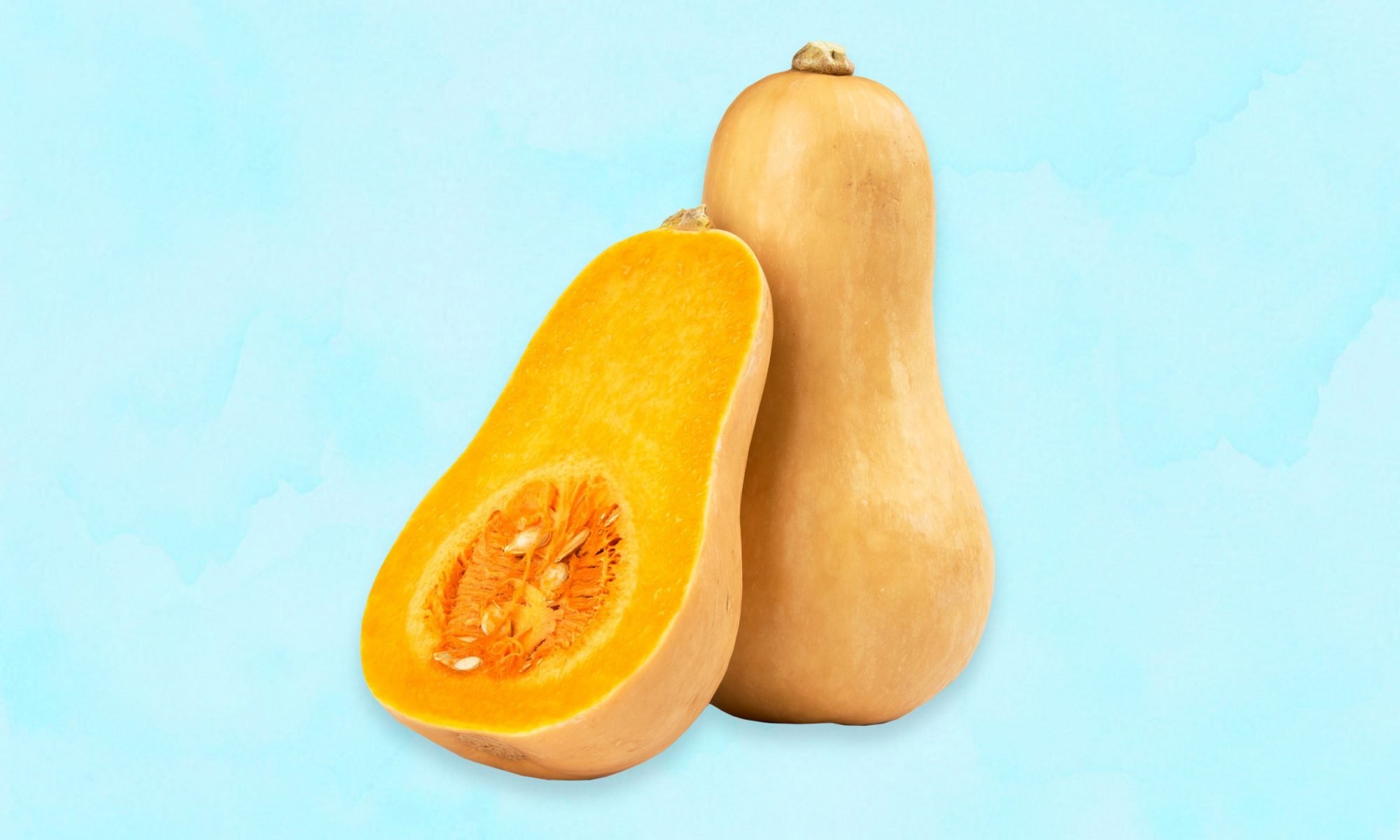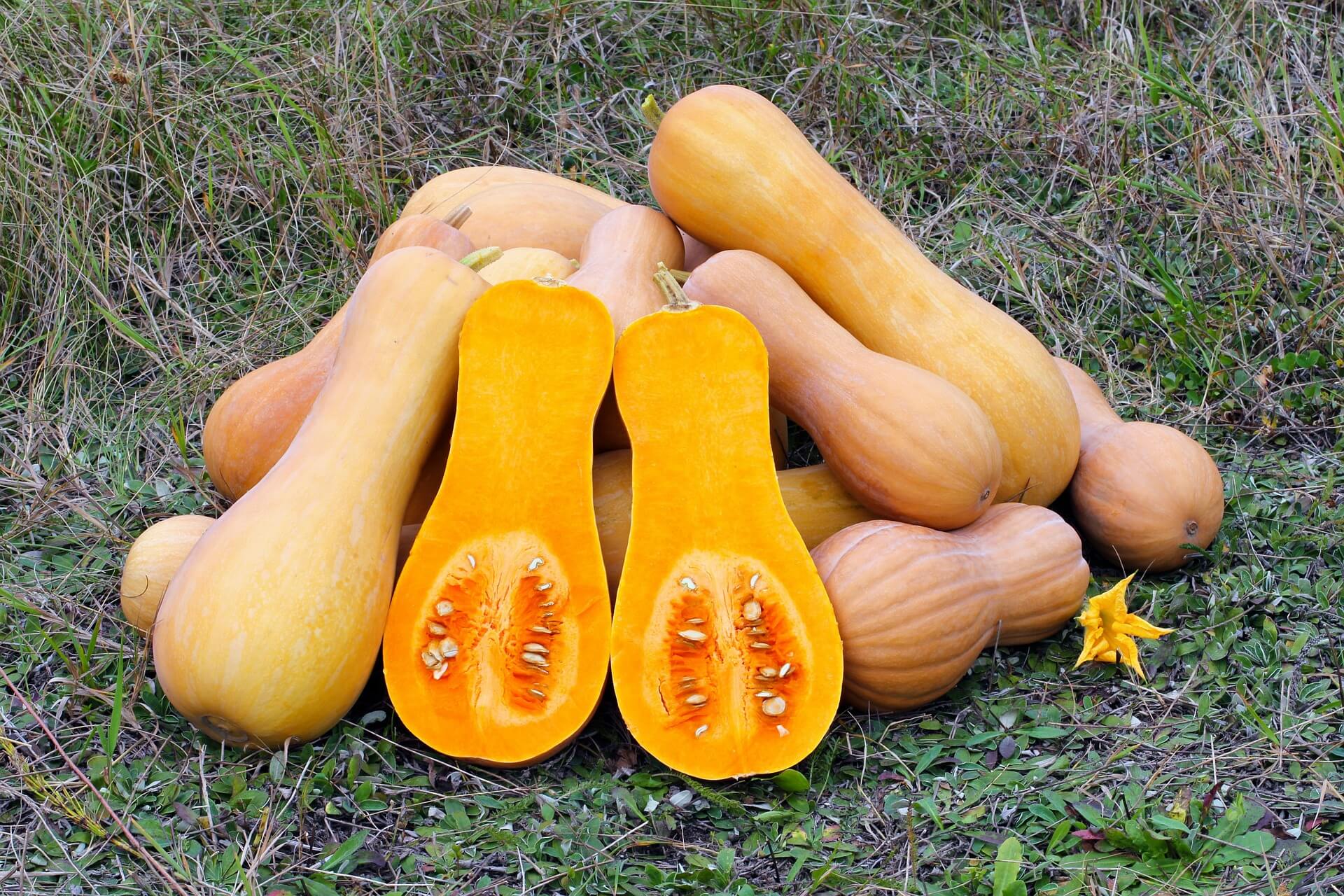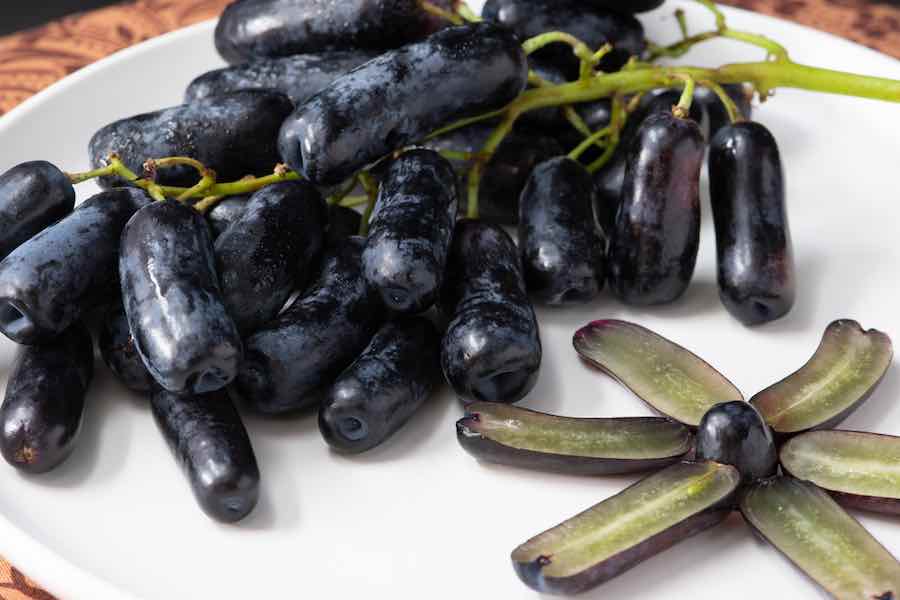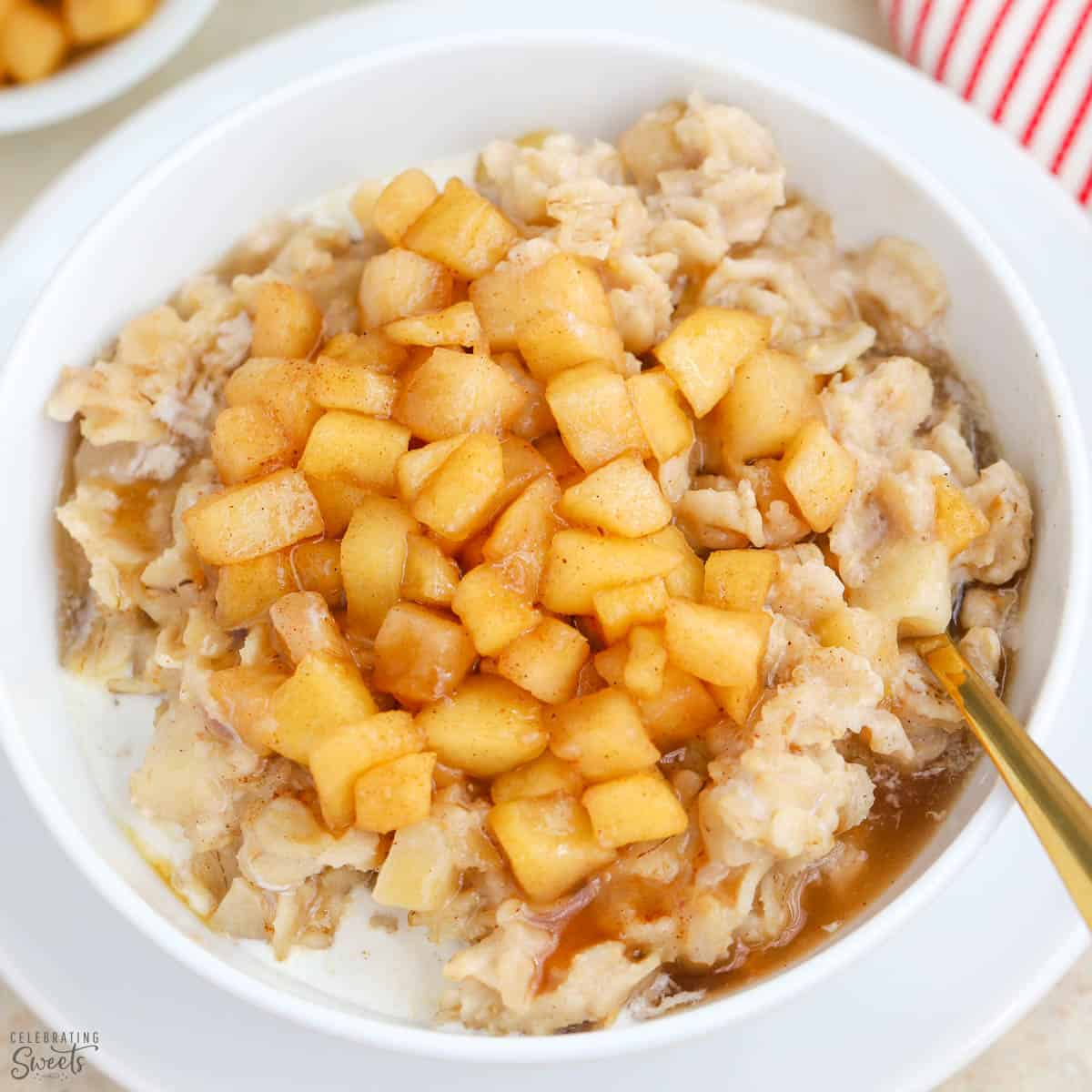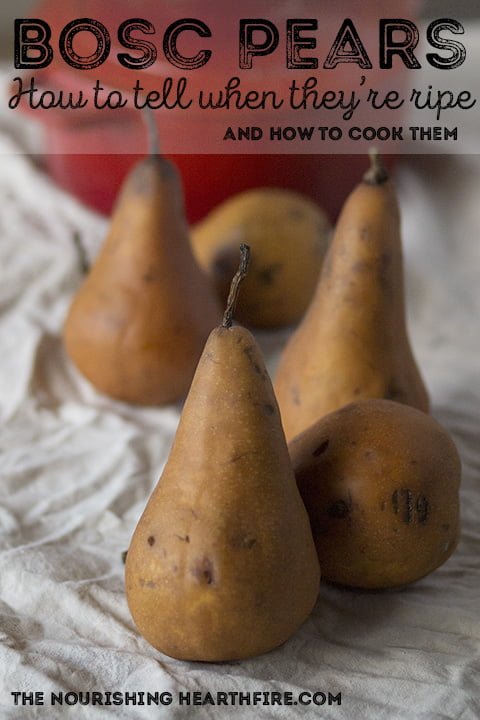If you find yourself standing in front of a display of vibrant orange butternut squashes, unsure of how to pick the perfect one, fear not! This guide will equip you with the knowledge you need to select a butternut squash that is ripe, flavorful, and ready to be transformed into a delicious meal. By paying attention to the weight, color, stem, and texture of the squash, you’ll be able to confidently choose the best one for your recipes. Say goodbye to the days of disappointing butternut squash – with these tips, you’ll become an expert in no time!
Importance of Choosing the Perfect Butternut Squash
Why Choosing the Right Butternut Squash Matters
When it comes to cooking delicious and healthy meals, the importance of choosing the perfect butternut squash cannot be overstated. The quality and characteristics of the squash you select can have a significant impact on the flavors, textures, and overall appeal of your dishes. A well-selected butternut squash can elevate your recipes to new heights and ensure a satisfying and memorable dining experience.
Benefits of Choosing the Perfect Butternut Squash
Choosing the perfect butternut squash offers several benefits. Firstly, it ensures that you are getting the best quality produce available, which can enhance the taste and nutritional value of your meals. Additionally, selecting the right squash guarantees that it will be at its peak ripeness, resulting in ideal sweetness, texture, and color. Lastly, by carefully choosing your butternut squash, you contribute to reducing food waste and supporting local farmers who take pride in cultivating these flavorful vegetables.
Physical Characteristics
Size
When it comes to selecting the perfect butternut squash, size matters. A typical butternut squash ranges in size from approximately 1.5 to 3 pounds (680 to 1360 grams) and should feel heavy for its size. Look for squashes that are not too small as they may lack flavor and sweetness, and avoid overly large ones that can be challenging to cut and cook evenly.
Shape
The shape of a butternut squash can indicate its quality and taste. Ideally, you should choose squashes that are elongated with a well-defined neck and a bulbous, round bottom. This characteristic shape ensures a balance of flavor and texture throughout the squash, providing both the sweet, nutty taste and the smooth, creamy texture that butternut squashes are known for.
Color
The color of a butternut squash can vary, but the ideal choice is a deep tan or beige color with a matte finish. Avoid squashes with green or yellow patches, as these may indicate immaturity. The skin should be firm and free of blemishes or spots. While the color may darken slightly with proper storage, be cautious of squashes that are overly dark or have excessive discoloration as they may be less fresh or of lower quality.
Texture
To determine the texture of a butternut squash, gently run your fingers over the skin. It should feel smooth and free of any soft or mushy spots. A healthy butternut squash should have a firm texture, indicating that it is fresh and ripe. Avoid any squashes that feel overly hard or have a rough, bumpy texture, as these may be signs of under-ripeness or poor quality.

Inspecting the Stem
The Role of the Stem
The stem of a butternut squash plays a vital role in its overall freshness and quality. It serves as the connection point between the squash and the plant, carrying essential nutrients and moisture to keep the vegetable healthy and flavorful. Therefore, examining the stem can provide valuable insights into the condition of the squash and its suitability for consumption.
What to Look for in a Healthy Stem
A healthy stem should be firmly attached to the squash, without any signs of decay or mold. It should be dry, slightly rough, and have a woody texture. Avoid squashes with stems that are wet, slimy, or appear to be rotting, as this could indicate spoilage. A sturdy and intact stem is a good indication that the butternut squash is fresh and will have a longer shelf life.
Checking for Ripeness
Skin Firmness
One of the key indicators of ripeness in a butternut squash is skin firmness. Gently press your thumb against the skin of the squash. It should feel firm and offer slight resistance, indicating that it is mature and ready to be enjoyed. Conversely, if the skin feels soft or gives too much under pressure, it may suggest that the squash is overripe and may have an undesirable texture.
Uniform Color
A ripe butternut squash should have a uniform color throughout its skin, indicating that it has fully matured. Look for consistency in the color, avoiding patches that are significantly lighter or darker. Variations in color may suggest uneven ripening or potential taste differences within the squash.
Sound Dullness
To further assess the ripeness of a butternut squash, give it a gentle tap with your knuckles. A ripe squash will produce a dull sound, while an unripe one will sound hollow. This method allows you to assess the density of the squash and its readiness for consumption.
Weight Distribution
When picking up a butternut squash, pay attention to its weight distribution. A ripe and well-rounded squash will feel heavy and evenly weighted, indicating that it is packed with moisture and flavor. Avoid squashes that feel too light, as this may suggest dehydration and a lack of desirable taste and texture.
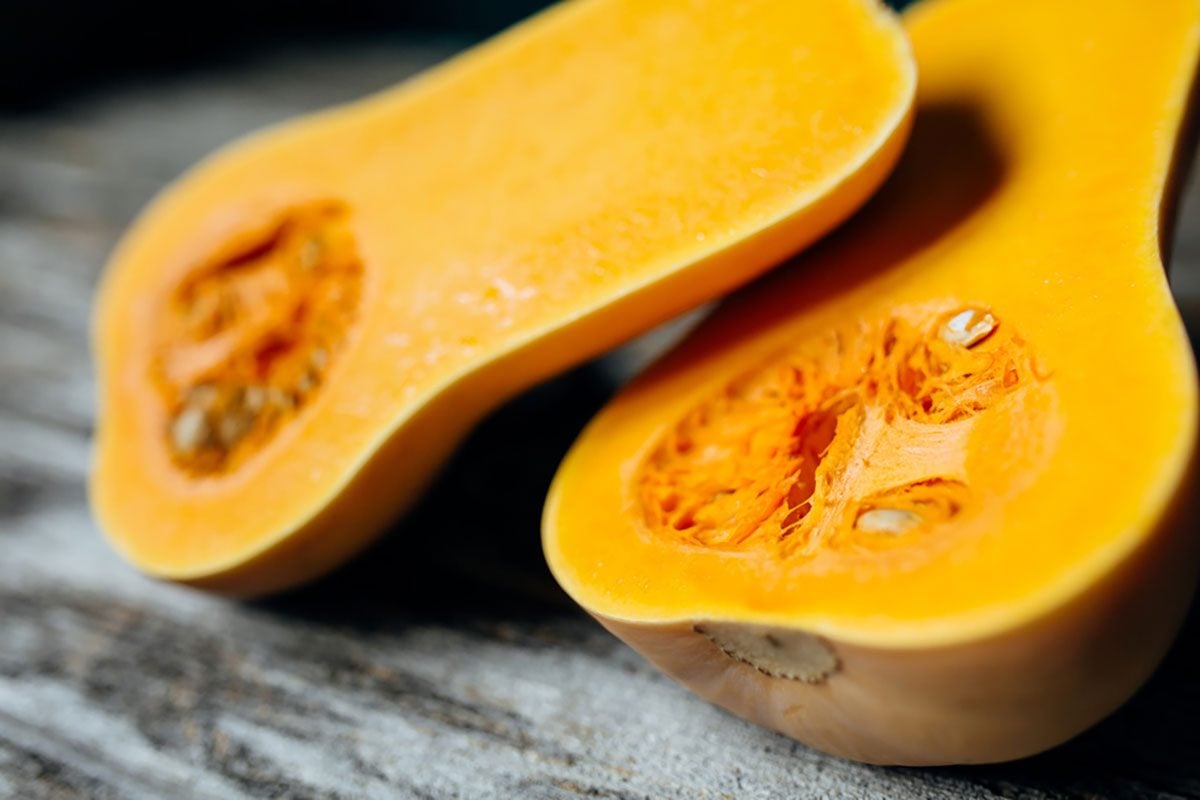
Avoiding External Flaws
Blemishes and Bruises
The external appearance of a butternut squash is a good indicator of its overall quality. Carefully inspect the skin for any blemishes, bruises, or cuts. While minor imperfections are generally harmless and can be cut away, large or deep blemishes may penetrate the flesh, affecting its taste and texture. Opt for squash with smooth, unblemished skin to ensure a superior culinary experience.
Soft Spots
Soft spots on a butternut squash can be a sign of decay or spoilage. Gently press different areas of the squash to check for any areas that yield under pressure or feel spongy. Avoid squashes with soft spots, as they may have started to rot and can jeopardize the taste and safety of your dishes.
Mold or Discoloration
Mold or excessive discoloration on a butternut squash is a definite red flag. Inspect the skin thoroughly, looking for any signs of mold, especially around the stem or at the blossom end. Additionally, be cautious of squashes with significant discoloration, as this may indicate decay or compromised freshness. Always choose squashes that have spotless, vibrant skin to ensure optimal flavor and quality.
Considering Storage Life
Selecting Squashes for Immediate Use
If you plan to use the butternut squash immediately, choose one that is fully ripe and ready to be cooked. Look for the characteristics mentioned above, such as firmness, uniform color, and a healthy stem, to ensure that you can make the most out of its flavors and textures right away. Using a ripe squash will ensure optimal taste and minimize the risk of spoilage.
Choosing Squashes for Longer Storage
If you aim to store the butternut squash for an extended period, specifically choose varieties that are known for their excellent storage life. Look for butternut squashes with a matte skin finish and a sturdy stem. These characteristics indicate that the squash is mature, properly cured, and can last for several months when stored in a cool, dry place. Always check for external flaws before storing, as any existing blemishes or bruises can accelerate the deterioration process.
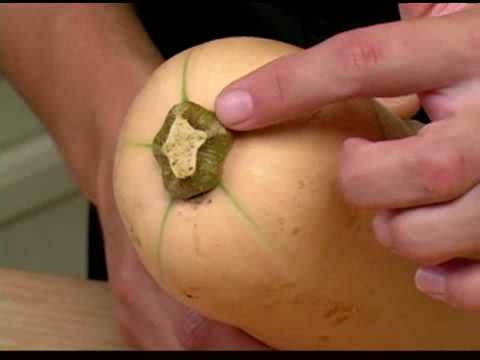
Tapping into Flavor and Texture
Intricacies of Flavor
The flavor profile of a butternut squash can vary depending on its maturity, growing conditions, and variety. Younger squashes tend to have a milder, slightly nutty taste, while fully ripe squashes offer a richer, sweeter flavor. However, it is crucial to note that personal preferences play a significant role in selecting the perfect butternut squash, as some individuals may prefer a less sweet or more earthy taste. Choose a squash that aligns with your flavor preferences to ensure a satisfying culinary experience.
Balancing Moisture Content
The moisture content of a butternut squash contributes to its overall texture and taste. A perfectly selected squash strikes a delicate balance between being moist enough to offer a smooth, creamy texture, and not overly watery, which can result in a mushy consistency. Opt for squash that is firm to the touch but still gives a little when pressed, ensuring a pleasant mouthfeel without being excessively dry or overly moist.
Texture Preferences
Butternut squash can deliver a range of textures depending on its ripeness and how it is prepared. Younger squashes tend to have a more fibrous texture, which can lend itself well to soups or stews. Fully ripe squashes, on the other hand, offer a silky and velvety mouthfeel, making them perfect for purees, roasting, or baking. Consider your desired texture and select a butternut squash accordingly to achieve the perfect consistency in your favorite recipes.
Sustainable and Organic Options
Organic vs. Conventionally Grown
When choosing a butternut squash, you may have the opportunity to select from organic or conventionally grown options. Organic squash is cultivated without the use of synthetic pesticides, herbicides, or genetically modified organisms (GMOs). Opting for organic varieties ensures that you are reducing your exposure to potentially harmful chemicals and supporting environmentally sustainable farming practices. While conventionally grown squash can still provide great taste and quality, choosing organic supports your health and the well-being of the planet.
Responsibly Sourced Squashes
In addition to organic options, consider sourcing your butternut squash from responsible and ethical suppliers. Look for brands or farmers who prioritize sustainable farming practices, minimize food waste, and adhere to fair labor standards. By actively choosing responsibly sourced squashes, you contribute to a more sustainable and equitable food system, making a positive impact on both the environment and society.
Supporting Local Farmers
By purchasing butternut squash from local farmers or farmers’ markets, you not only support small-scale agriculture but also promote community engagement and economic growth. Local farmers take pride in growing their produce by utilizing sustainable methods and often offer fresher, tastier squashes compared to commercially produced varieties. Additionally, buying locally helps reduce the carbon footprint associated with long-distance transportation. So, consider the benefits of supporting your local farmers when choosing the perfect butternut squash.

Interacting with the Butternut Squash
Choosing Whole Squashes
Whole butternut squashes are versatile and offer the most control over the final outcome of your dishes. When choosing whole squashes, ensure that they meet all the criteria mentioned above, such as size, shape, color, texture, and external flaws. Whole squashes provide a fresh and canvas-like ingredient that can be transformed into a variety of culinary delights.
Opting for Pre-Cut Squash
For those seeking convenience or who are short on time, pre-cut butternut squash can be a suitable option. Pre-cut squash is readily available in most grocery stores, either refrigerated or frozen, and can save you precious preparation time. When selecting pre-cut squash, inspect the package for any signs of decay or excessive moisture. Choose packages with evenly sized pieces and a vivid, consistent color to ensure freshness and quality.
Considering Frozen Options
Frozen butternut squash is a convenient and versatile option that can be stored for more extended periods. It maintains much of the flavor and texture found in fresh squash and can be used in a variety of recipes, including soups, stews, or roasted dishes. When selecting frozen butternut squash, look for packages that are free of ice crystals, as they can indicate partial thawing and refreezing, which affects the taste and texture. Opt for reputable brands known for their high-quality frozen produce to ensure the best results.
Expert Tips and Tricks
Choosing Varieties and Hybrids
Butternut squash comes in different varieties and hybrids, each with its own unique flavor and characteristics. Experiment with different varieties such as Waltham, Butterbush, or Zenith to discover your personal preference. Additionally, consider trying hybrid butternut squashes that combine the best qualities of different varieties, such as the Tiana or Butterscotch hybrid. Exploring various options will allow you to find your favorite butternut squash variety and elevate your culinary creations.
Seasonal Considerations
While butternut squash is available year-round, its peak season typically falls between late summer and early winter. During this time, you are more likely to find the freshest and most flavorful squashes. However, butternut squash can also be stored for several months, allowing you to enjoy this versatile vegetable throughout the year. Keep in mind the seasonal variations when choosing the perfect butternut squash, as they may impact the taste, ripeness, and availability of certain varieties.
Trusting Your Instincts
In the end, when it comes to selecting the perfect butternut squash, trust your instincts. Developing a keen sense of intuition by using these guidelines will help you choose the best squash for your specific needs and preferences. Over time, you will become more confident in identifying the characteristics that make a butternut squash truly perfect for you. So, go ahead, embrace your inner chef, and enjoy the delightful journey of selecting and preparing the perfect butternut squash for your next culinary masterpiece.
In conclusion, choosing the perfect butternut squash is a process that combines science, intuition, and personal taste. By considering the physical characteristics, inspecting the stem, checking for ripeness, avoiding external flaws, considering storage life, understanding flavor and texture, exploring sustainable and organic options, interacting with the butternut squash, and following expert tips and tricks, you can ensure a delightful culinary experience. So, the next time you embark on your grocery shopping adventure, take the time to carefully select the perfect butternut squash and unlock a world of delicious possibilities in your kitchen.
